El Chapo Net Worth: The Notorious Drug Lord’s Journey -Well-known Mexican drug lord Joaquín “El Chapo” Guzmán was the former head of the worldwide crime syndicate Sinaloa Cartel. His life story is one of boldness, wealth, and celebrity. We’ll examine El Chapo’s net worth, early years, criminal career, and personal life in this post.
Table of Contents
El Chapo Net Worth
| Nickname: | El Chapo, El Rapido, El Señor, El Tio, El Rapido, El Jefe |
| Real Name: | Joaquín Archivaldo Guzmán Loera |
| Net Worth: | $1 billion |
| Birthplace: | La Tuna, Badiraguato Municipality, Sinaloa, Mexico |
| Weight: | 75 kg |
| Sexual Orientation: | Straight |
| Marital Status: | Married |
| Spouse: | Emma Coronel Aispuro |
| Children: | Ovidio, Iván, Édgar, Alfredo, Joaquín, César, Griselda, Alejandrina, Kim Dolci, Laisha, Email, Maria |
| Girlfriend: | None |
| Date of Birth: | April 4, 1957 |
| Gender: | Male |
| Height: | 1.68 m |
| Profession: | Drug Lord |
| Nationality: | Mexican |
| Source of Wealth: | Smuggling |
| Education: | Academia María Reina |
| Father: | Emilio Guzmán Bustillos |
| Mother: | María Consuelo Loera Pérez |
| Brother: | Miguel Ángel, Aureliano, Arturo, Emilio |
| Sister: | Armida, Bernarda |
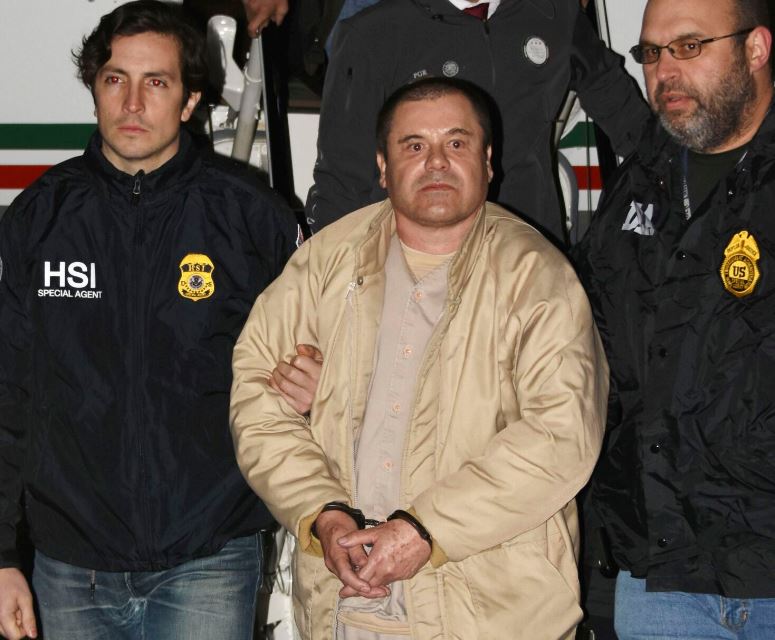
Early Years
On April 4, 1957, Joaquín Guzmán Loera was born in La Tuna, Badiraguato Municipality, Sinaloa, Mexico. He was raised in a low-income farming household. Despite receiving physical abuse from his father, he entered the drug trade thanks to him. His early involvement with the Guadalajara Cartel exposed him to the intricacies of drug trafficking.
RELATED: Sylvester Stallone Net Worth: From Rocky to Hollywood Icon
Career
The Guadalajara Cartel, led by Miguel Ángel Félix Gallardo, Rafael Caro Quintero, and other members, controlled the criminal network in Mexico throughout the 1980s. El Chapo, whose real name is Joaquín Guzmán, started off as an operative for drug lord Héctor “El Güero” Palma, overseeing cargo from Sierra Madre to the border between the US and Mexico. Known for his ferocity and ambition, Guzmán astounded cartel leaders and, in the end, collaborated closely with Félix Gallardo to organise the transportation of cocaine from Colombia to Mexico and then the United States.
During this time, Mexican traffickers transported cocaine into the United States across the Mexican border by acting as middlemen for Colombian gangs. However, by the middle of the 1980s, Mexican cartels had gained significant control in the drug trade due to increased pressure from US law enforcement. Drug trafficking persisted in spite of DEA efforts, leading to the 1989 arrest of Félix Gallardo and the ensuing division of territory among several cartels, including the Tijuana Cartel, Juárez Cartel, and Guzmán-led Sinaloa Cartel.
Violence dogged Guzmán’s rise to power, including confrontations with the Tijuana Cartel that claimed numerous lives on both sides. Assassination attempts, retaliatory killings, and attacks on each other’s homes resulted from the violent disagreement. Guzmán’s calculated use of violence and his network allowed him to expand his activities and establish control over drug routes. He even introduced innovative methods for smuggling, like the use of highly developed tunnels.
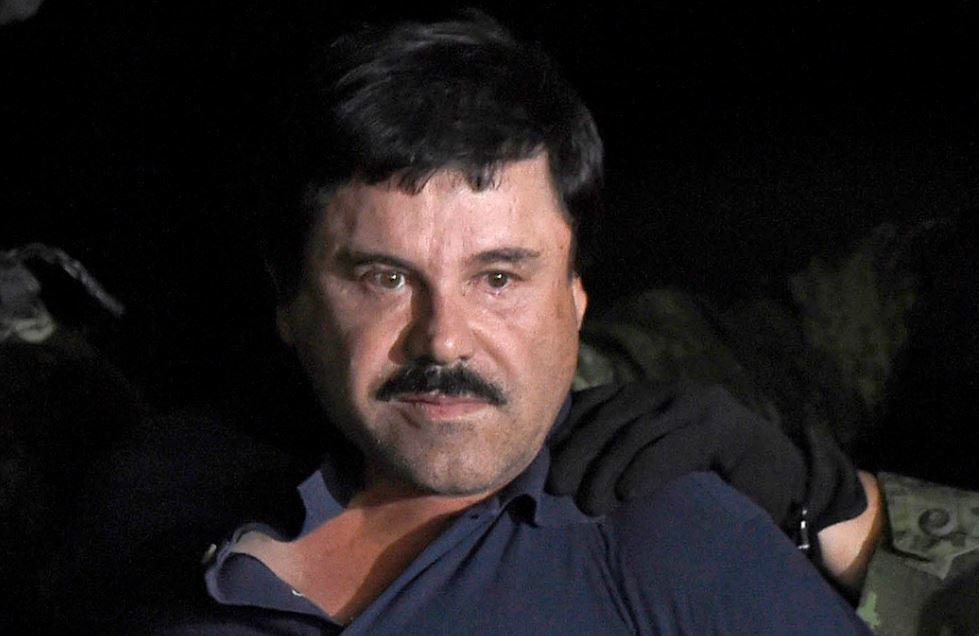
1993-2000
In 1993, amidst increasing instability and an attempted assassination that resulted in the death of a cardinal, Guzmán was apprehended in Guatemala and sent to Mexico, where he was imprisoned. Guzmán ran his cartel out of prison by using bribery to sustain his cocaine empire despite his imprisonment. His opulent prison lifestyle and enduring influence cemented his reputation as a significant global drug trafficker.
Guzmán’s cartel thrived while his imprisonment, with his brother Arturo Guzmán Loera running the show. Guzmán’s legacy of cruelty and power endured despite his imprisonment, having a long-lasting impact on the Mexican drug trade.
Joaquín “El Chapo” Guzmán, the leader of the Sinaloa Cartel, was the most influential and affluent figure in Mexico’s drug trade at the time of his capture. Using a number of routes, his group transported large quantities of heroin, cocaine, methamphetamine, and marijuana from Colombia through Mexico to the United States. In 1995, Guzmán assumed control of the cartel after Héctor Luis Palma Salazar, his predecessor, was arrested. His close friend Ismael Zambada García was appointed senior deputy.
Beyond just trafficking drugs, Guzmán was also suspected of funding politicians, most notably President Juan Orlando Hernández of Honduras, to get influence over drug transshipment routes and security. He became a millionaire and one of the richest people in Mexico because to his illegal company.
The Sinaloa Cartel expanded its operations, particularly the production of methamphetamine, under Guzmán’s direction. Guzmán expanded his organization’s dominance over the drug trade by taking advantage of the disintegration of rival gangs and the government’s campaign in Mexico.
2001-2014
For his first jail break in 2001, bribery of prison officials and careful planning were necessary. Guzmán eluded capture for a number of attempts, hiding in the far-off places known as the “Golden Triangle.” His ability to elude law enforcement for over ten years elevated him to legendary status in the criminal mythology of Mexico.
Guzmán caused a great deal of violence and murder in his battles with rival gangs, including as the Beltrán Leyva Cartel and the Juárez Cartel. He was charged with organising the detention of competing cartel leaders and establishing relationships with specific groups in order to further his personal objectives.
In the end, Guzmán was captured in Mazatlán, Mexico, in 2014 after Mexican authorities, with assistance from the DEA and the US Marshals Service, located him.
Guzmán was detained and placed under arrest in a maximum-security facility after being accused of organised crime and drug trafficking in both Mexico and the US. Mexican officials first declared that they planned to prosecute him domestically, despite demands for his extradition from the United States. But in 2015, Guzmán pulled out a daring subterranean escape from his Mexican prison cell, setting off a global manhunt. His escape exposed the extent of law enforcement’s incompetence and corruption, shocking the Mexican authorities. Guzmán stayed at large until he was apprehended in 2016, despite the government offering a substantial reward for his capture.
The escape revealed institutional corruption in Mexico, leading to the indictment of multiple officials connected to Guzmán’s abduction.
2015-2017
Three former Colombian police generals—Rosso José Serrano, Luis Enrique Montenegro, and others—were contacted by Mexican officials. These men were instrumental in dismantling powerful cartels in Colombia. They suggested putting policies into place include creating specialised search teams, intelligence units, and investigative teams in addition to creating new legislation controlling asset forfeiture and money laundering. Later, Colombia sent a group of twelve law enforcement officials to assist Mexico in finding Guzmán.
Actress Kate del Castillo was apparently approached by Guzmán’s lawyers in 2014, and after his 2015 escape, Guzmán allegedly went for her. Del Castillo met with Guzmán and Sean Penn for seven hours in the highlands as Penn interviewed him for Rolling Stone magazine. The interaction reportedly helped authorities find Guzmán; as a result, Tamazula, Durango, was the site of a raid, but Guzmán managed to get away.
During Operation Black Swan, which happened in Los Mochis, Sinaloa, Guzmán was captured once more. A month-long monitoring operation was launched in response to citizen complaints, during which communications hinted at the impending arrival of a high-priority target. After a shootout, Guzmán and a lieutenant managed to escape down a secret tunnel, but they were apprehended. During the operation, one Marine was hurt, six gunmen were taken into custody, and five shooters were dead.
President of Colombia Juan Manuel Santos and US Attorney General Loretta Lynch both commended the arrest. Secretary of the Interior Miguel Ángel Osorio Chong broke the news to diplomats, eliciting cheers and applause from Mexican officials who celebrated the capture.
2021
Guzmán’s wife, Emma Coronel Aispuro, was arrested in 2021 at Dulles International Airport on suspicion of facilitating her husband’s cartel activities and planning his jail break. She was charged with engaging in a plot to traffic in illegal drugs within the US. On similar charges, her brother and father were also taken into custody. In 2019, Coronel started a clothes line and appeared on American reality television, in spite of her legal issues.
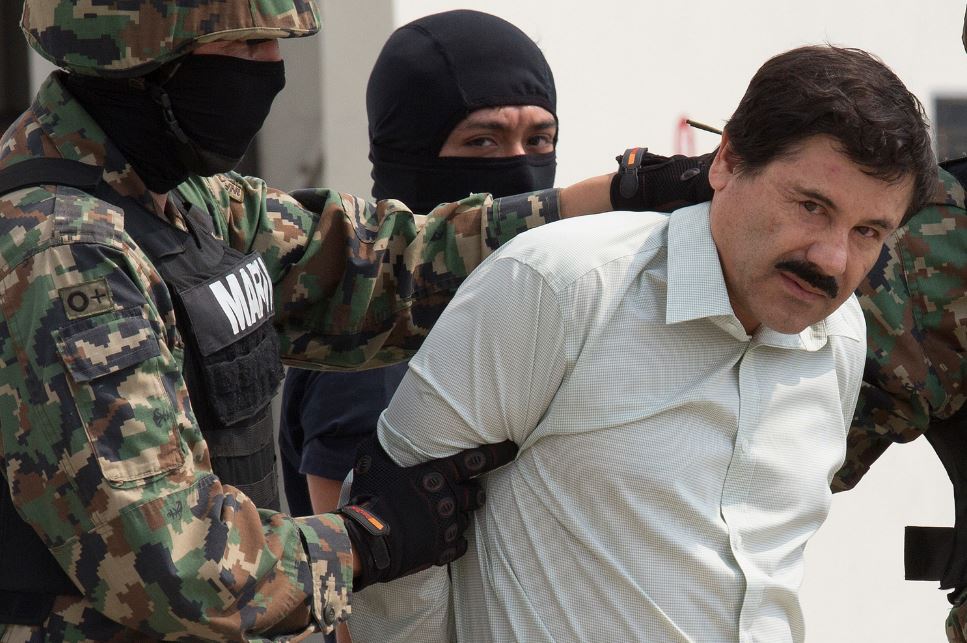
Personal Life
El Chapo is the father of at least twelve children and has been married three times. Alejandrina María Salazar Hernández was his first wife, whom he wed in 1977 and later divorced in 1980. Griselda López Pérez was his second wife, with whom he wed in 1981 and ended their marriage in 1990. Emma Coronel Aispuro, the daughter of a cartel participant, is his third and present spouse; they were wed in 2007.
He has six sons, Ovidio, Iván Archivaldo, Édgar, Jesús Alfredo, Joaquín, and César Guzmán Salazar, and six daughters, Griselda Guadalupe, Alejandrina Gisselle, Kim Guzman Dolci, Laisha Guzmán, Email Guadalupe, and Maria Joaquina.
Guzmán became a billionaire through his drug empire. With a net worth of about US$1 billion, he was the 10th richest man in Mexico and 1,140th in the world at his height.
He was charged with narcotics trafficking, money laundering, and handgun use in the US. After a conviction, he received a life sentence without the possibility of release plus thirty years. His possessions, which totaled over $12.6 billion, were taken.
From 2009 to 2012, Guzmán was listed as one of four billionaires by Forbes.
Conclusion
El Chapo was a guy of paradoxes; he was cruel and crafty, and simultaneously feared and admired. His reputation is synonymous with notoriety, fascination, and terror in the annals of organised crime.

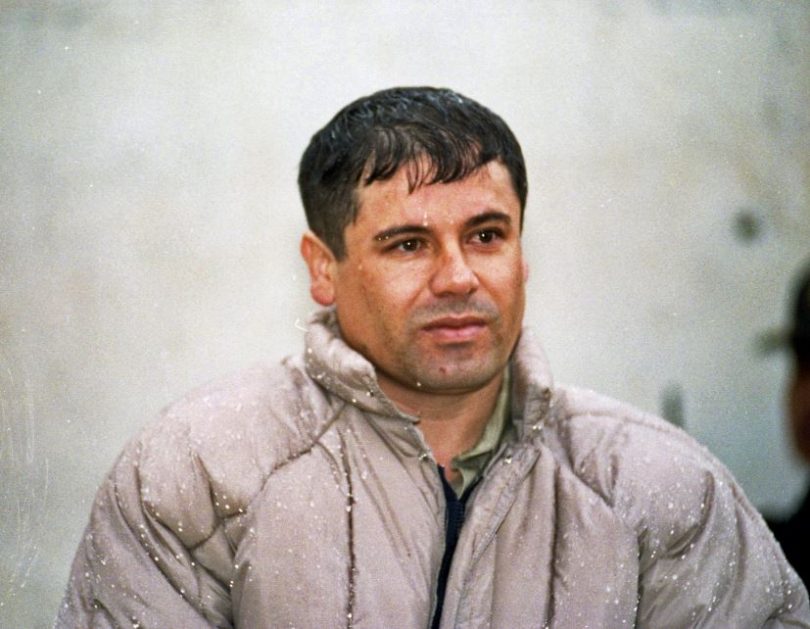
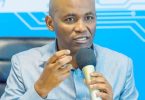





Leave a Comment